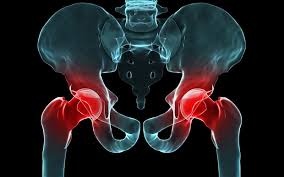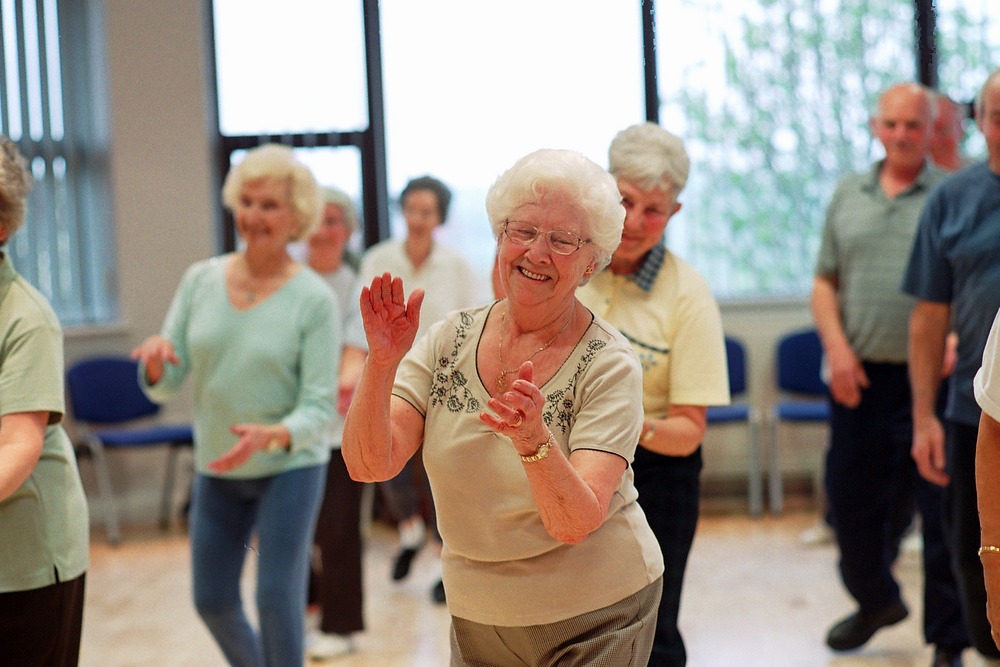Doctor's Diary: The best hip replacement
The Birmingham Hip Resurfacing procedure should not be confused with banned copies.
The human skeleton is a biomechanical marvel, its 260 joints each a variation on a few basic designs – the hinge, the ball and socket and the pivot – but so crafted as to reconcile the contradictory demands of ensuring both maximum mobility with stability. This is one of the few situations where human ingenuity can match what nature achieves so effortlessly, but the choice of material is crucial – hence the recent decision to ban the use of certain types of metal-on-metal hip replacements.
The situation is, however, not as serious as it appears. The “gold standard” of hip replacement operations was devised by Sir John Charnley in the Sixties. It remained a common procedure until, 20 years ago, another brilliant British orthopaedic surgeon, Derek McMinn from Birmingham, proposed an alternative that involved resurfacing both the arthritic head of the joint and the acetabulum with a metal covering. This Birmingham Hip Resurfacing (BHR), as it is known, is particularly suitable for younger patients and long-lasting, with a 98 per cent success rate.
This prompted American manufacturers to come up with new versions, but whose inferior design and cheaper materials have a failure rate of almost 50 per cent – hence the recent edict banning their use. The moral, as ever, is that Birmingham is best.
The desire to avoid the hellfire of shingles has prompted many to request the vaccine, only to learn its availability is restricted to those aged either 70 or 79. The rationale for this rather perplexing ruling is as follows. The shingles jab is expensive (at £55 per shot) and in short supply – and must therefore be rationed. Those aged 80 or over are excluded as its effectiveness in halving the risk of an attack of shingles apparently falls dramatically in this age group. Meanwhile, the system could not cope were all of those most likely to benefit eligible – namely, those between the ages of 50 and 79. Hence, the compromise of offering the vaccine only to those at the beginning and end of their seventh decade. The only way round this would be to pay for the vaccine privately – for £200 a shot. However, few clinics currently have it in stock.
Further to the sometimes astonishing effectiveness of traditional remedies, as featured in this column last week, a reader reports being badly stung on her arthritic knee a couple of years ago when preparing her bees for winter. Once the pain and swelling had subsided, she was pleased to find she no longer walked with a limp and could manage the stairs at home without pain. When recently this improvement began to wane, she donned her bee suit and, with her left knee exposed, approached the feistiest of her three hives. “A couple of the guard bees duly obliged, and within a few hours my knee was pain-free again,” she writes.
This is not a new discovery, as at one time farmers would supplement their income by administering bee stings to arthritic sufferers – though why the anti-inflammatory properties of their venom should be so potent and long-lasting remains unexplained.
This week’s medical query comes from Mrs J L of London, writing on behalf of her 40-year-old daughter, who for the past two years has had episodes of numbness of the face and upper-lip, “swooshing” sounds in her head and hypersensitivity to loud noises. These tend to occur when she is sitting upright – particularly when driving. This is strongly suggestive of some transient disturbance of the function of one or more of the cranial nerves, but all the usual investigations including brain scans are apparently normal. Might anyone else, she asks, have had similar symptoms?
Provided by: The Telegraph (3rd November 2013)
1385290577.jpeg)






Comments
Comments 0